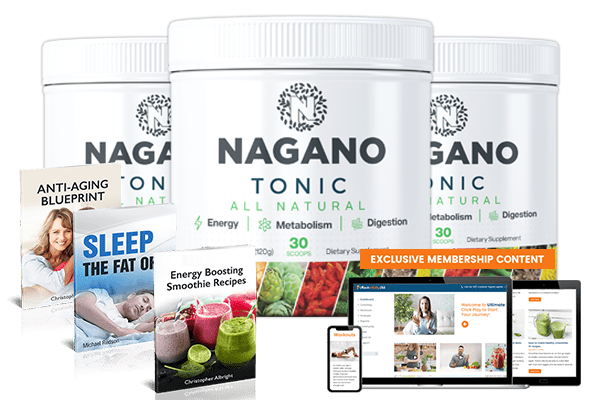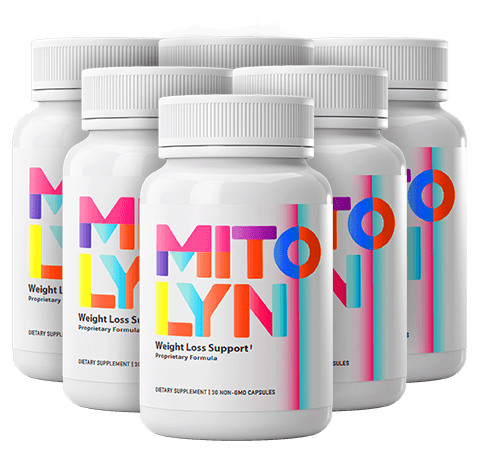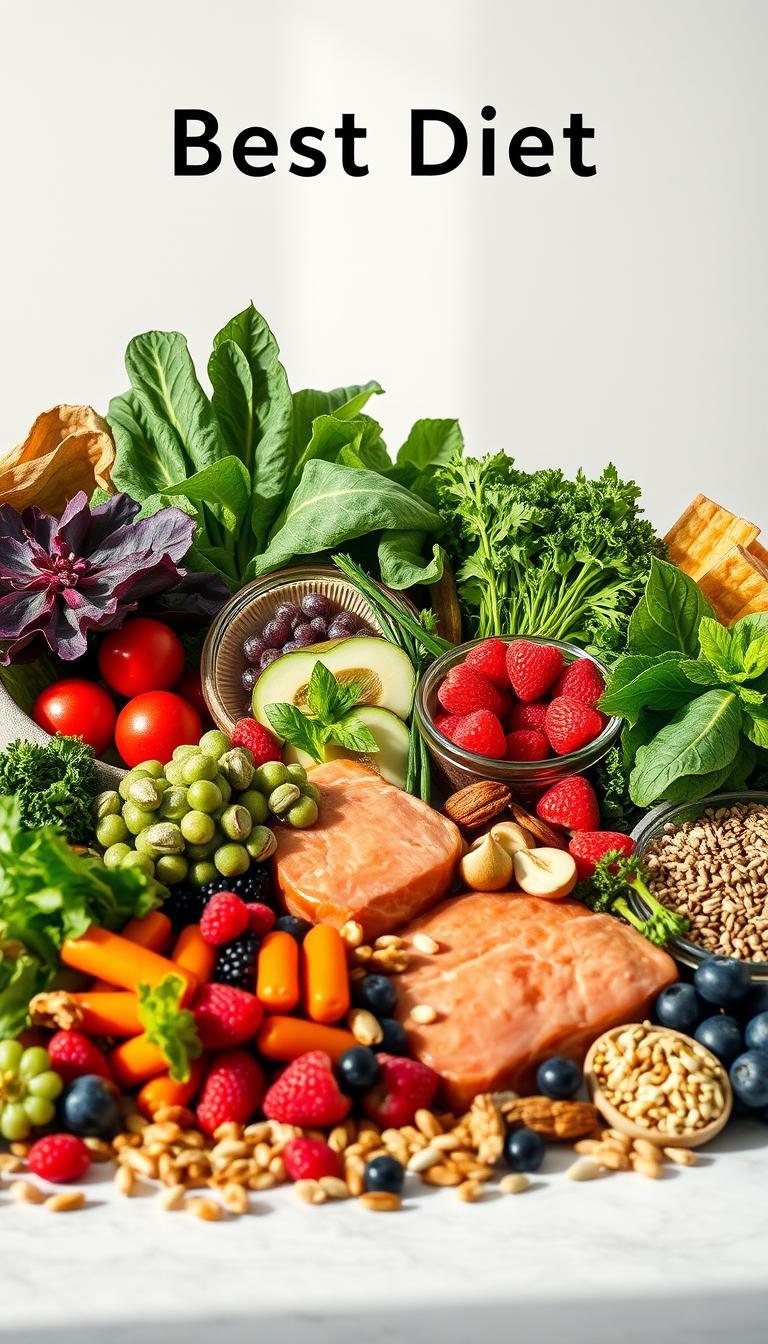
Imagine waking up tired, feeling foggy, or having your body not work right. Hashimoto’s thyroiditis is a big challenge every day. But, what if your next meal could help? Many people with Hashimoto’s have found hope in their diet.
Studies show that 75% of those who avoid gluten feel better. Also, 85% of patients lack vitamin D, which is important. This guide is for you, whether you’re just starting or looking for more than medicine.

Your thyroid is key to your body’s energy. When Hashimoto’s attacks it, you feel it everywhere. But, what works for one person might not work for another. Some people do well without gluten, while others need more vitamin D from the sun.
This article will show you how the right diet can help your thyroid. It can reduce inflammation and make your body work better. It’s time to use your food to heal your body.
Key Takeaways
- 75% of those on a gluten-free diet saw symptom improvements.
- 85% of Hashimoto’s patients lack enough vitamin D, linked to sunlight and diet.
- Selenium-rich foods like Brazil nuts and tuna support thyroid health.
- A personalized nutrition for hashimotos plan can lower inflammation and antibodies.
- Anti-inflammatory foods like leafy greens and fatty fish may ease chronic symptoms.
Understanding Hashimoto’s Thyroiditis and Its Dietary Connection
Hashimoto’s thyroiditis makes your thyroid gland work less. It happens when your immune system attacks your gland. This leads to symptoms like feeling very tired, gaining weight, and having brain fog.
Nearly 5% of Americans have this condition. Women are 4–10 times more likely than men to get it.
https://www.youtube.com/watch?v=NMaosRali2E
How Hashimoto’s Affects Your Thyroid Function
Genetics play a big role, with 70–80% of the risk. But diet and environment also matter, for 20–30%. Eating foods that cause inflammation can make thyroid damage worse.
Symptoms like hair loss or constipation happen when your body can’t make enough hormones. Without treatment, heart disease risk goes up a lot.
The Autoimmune Component: Why Diet Matters
The right diet can calm your immune system. Avoid foods high in sugar and additives, as they cause inflammation. Instead, eat foods like wild-caught fish and leafy greens.
These foods have nutrients like selenium and zinc that help fix your thyroid. Studies show that eating colorful vegetables can lower thyroid antibodies in some people.
Identifying Food Sensitivities and Inflammatory Triggers
Common triggers include gluten, dairy, and soy. An elimination diet can help find what triggers you. Remove these foods for 30 days, then add one back at a time.
Lab tests like IgG food sensitivity panels can also find hidden sensitivities. Cutting out foods that cause inflammation can lower thyroid antibodies in months.
The Best Diet for Hashimoto’s Diet: Core Principles
Starting a best diet for hashimotos diet means focusing on key principles. These help reduce inflammation and support your thyroid. For those with Hashimoto’s, it’s important to balance anti-inflammatory foods, key nutrients, and gut health.
Anti-Inflammatory Food Choices
The Mediterranean diet is a good example. It has been shown to reduce inflammation and improve thyroid health. It offers several benefits:
- Lower TPOAb and TgAb antibodies (2024 study)
- Reduced BMI and improved TSH levels
- Stable blood sugar to combat fatigue
Balancing Micronutrients for Thyroid Health
Some nutrients are crucial for thyroid function. Make sure to include these in your meals:
| Nutrient | Food Sources | Benefits |
|---|---|---|
| Selenium | Brazil nuts, salmon | Supports hormone production |
| Zinc | Oysters, lentils | Aids hormone synthesis |
| Vitamin D | Fatty fish, fortified dairy | Regulates immune function |
The Importance of Gut Health in Managing Hashimoto’s
“A healthy gut microbiome reduces autoimmune triggers,” says the 2021 study on Mediterranean diet benefits.
Dietary fiber and probiotics help repair gut barriers. Foods like kimchi or sauerkraut aid digestion. Eating whole foods instead of processed ones lowers inflammation and helps absorb nutrients better.
While the Mediterranean diet is a good start, work with a healthcare provider to make your hashimotos diet plan your own. Small changes in what you eat and how you care for your gut can make a big difference in your energy and symptoms.
Foods to Embrace: Hashimoto’s Friendly Foods
Start with foods that calm inflammation and fuel your thyroid. Choose hashimoto’s friendly foods like leafy greens, berries, and wild-caught fish. Look for nutrient-dense options such as:
- Non-starchy veggies (spinach, broccoli, asparagus)
- Omega-3 rich salmon and sardines
- Seeds like chia and flax for fiber and antioxidants
- Lean proteins such as turkey or eggs
- Gluten-free grains like quinoa and buckwheat
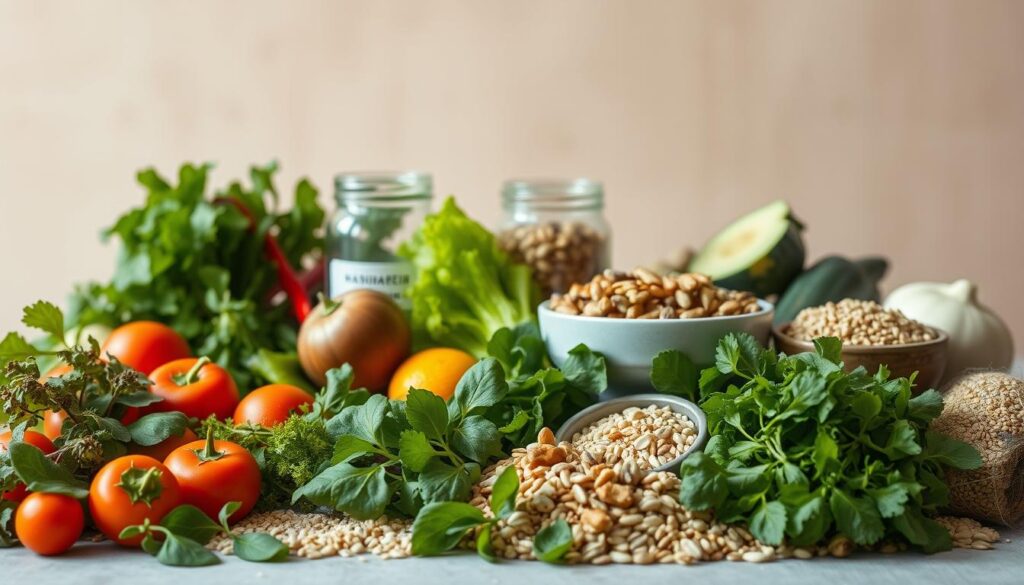
Add selenium-rich foods like Brazil nuts (1-2 daily) and grass-fed beef. They help with thyroid hormone conversion. Zinc from pumpkin seeds and oysters boosts immune balance. Choose vitamin D-rich foods like fortified plant milk or mushrooms for hormone regulation.
A Mediterranean diet is good for hashimoto’s. It includes olive oil, legumes, and colorful produce. Studies show it lowers antibodies and improves thyroid function. Eat lightly cooked cruciferous veggies to keep nutrients.
Pair foods well: walnuts with salads or berries on oatmeal. Choose fresh over processed. Space meals around medication for better absorption. These small changes help your thyroid long-term.
Foods to Limit or Avoid with Hashimoto’s
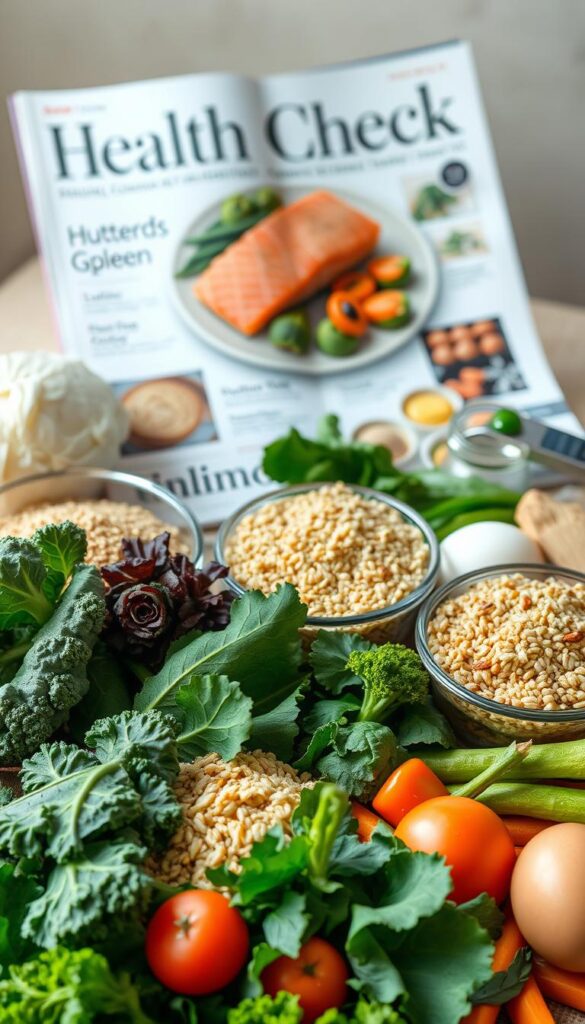
Managing hashimotos with diet means making smart food choices. Start by cutting out gluten, a big problem for many. Studies show 60% of people with Hashimoto’s have gluten antibodies, even without celiac disease. A hashimotos gluten free diet can help, as shown in a 6-month study where thyroid function got better.
Gluten and Its Impact
- Grains with gluten (wheat, barley, rye) can make thyroid autoimmunity worse
- Gluten can react with thyroid tissue, even without celiac disease
- Try gluten-free options like quinoa, rice, or oats (make sure they are certified gluten-free)
Dairy and Inflammation
- Lactose and casein proteins can irritate your digestive system
- Try non-dairy milks (almond, oat) and look for dairy-free recipes
Processed Foods to Avoid
- Stay away from ultra-processed snacks, fried foods, and sugary items
- Choose whole foods over packaged meals to fight inflammation
Goitrogenic Foods
Cooked cruciferous veggies (broccoli, kale) and soy are okay in small amounts. A 2024 review found they’re safe if you have enough iodine. Enjoy these foods after they’re lightly cooked.
| Foods/Supplements to Avoid with Thyroid Medications | Why? |
|---|---|
| Walnuts | Interferes with absorption |
| Iron supplements | Blocks medication effectiveness |
| Calcium supplements | Reduces T4 absorption |
| Soy products | May inhibit thyroid hormone synthesis |
Replace bad foods with good ones. Use lettuce wraps instead of gluten bread, and try plant-based cheeses instead of dairy. Keeping a food diary helps find what triggers your symptoms. Always talk to your doctor before changing your diet a lot.
Managing Hashimoto’s with Diet: Practical Meal Planning
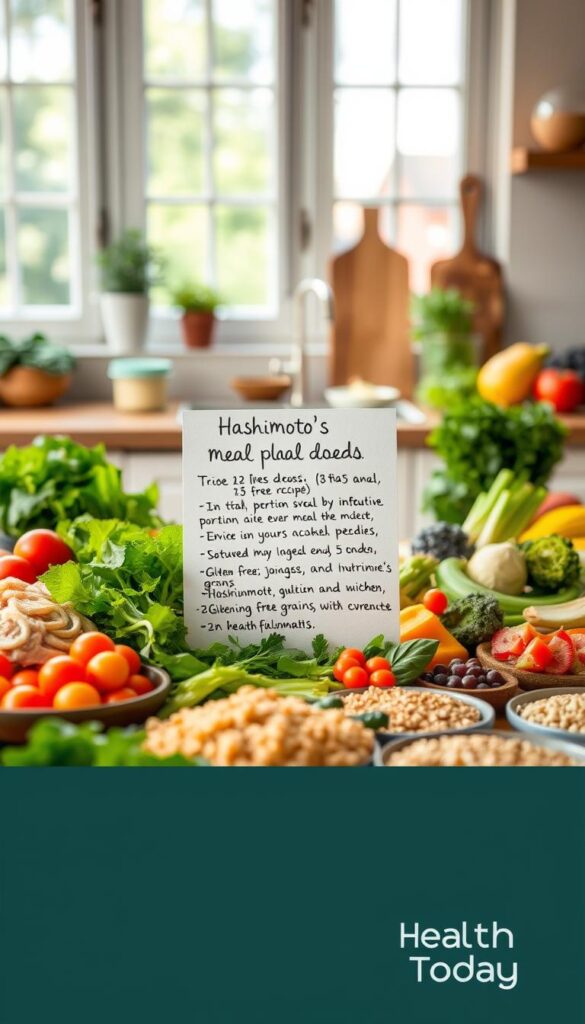
Creating a hashimotos diet plan is key. Start with foods that fight inflammation. Think leafy greens, wild fish, and Brazil nuts. Here’s how to keep it simple.
A 2022 review in Nutrients found no evidence supporting gluten-free diets for Hashimoto’s unless celiac disease is present.
| Meal | Sample Options |
|---|---|
| Breakfast | Avocado toast on gluten-free bread + poached eggs |
| Lunch | Grilled chicken salad with walnuts, spinach, and olive oil dressing |
| Dinner | Baked salmon with quinoa and roasted Brussels sprouts |
| Snack | Hard-boiled eggs + apple slices |
Batch cooking makes life easier. Cook big batches of veggies and proteins. Freeze them for quick meals. Try:
- Cook quinoa or brown rice in bulk for grab-and-go bowls
- Freeze portions of turkey chili or lentil soups
- Pre-chop veggies for salads and snacks
Eating out? Choose places with clear menus. Ask for special sides and sauces on the side. Go for grilled fish and steamed veggies. Always have snacks like almonds or rice cakes ready.
The Autoimmune Protocol Diet for Hashimoto’s: Is It Right for You?
Could the autoimmune protocol diet for hashimotos help you manage your symptoms? This strict diet removes foods like grains, dairy, and nightshades for 30–90 days. Studies suggest it might lower inflammation and improve your health.

A 10-week study of 17 women with Hashimoto’s found their average CRP levels dropped 29%, and symptoms like fatigue and brain fog decreased by 69%.
During the elimination phase, focus on hashimotos friendly foods like:
- Wild-caught fish (salmon, sardines)
- Non-nightshade veggies (zucchini, squash)
- Pasture-raised meats
- Low-sugar fruits (berries, citrus)
After 30 days, you reintroduce foods one at a time to find out what triggers your symptoms. While 75% of study participants felt better, 90% of diets fail long-term. So, sticking to it is key. The AIP diet requires strict following, but 40% of participants saw lower thyroid antibodies. Some even reduced their medication.
Think about your lifestyle: Can you avoid restaurants for months? The diet might be hard to follow, especially with busy schedules. Use tools like the Paloma Health app for meal plans and tracking. Always talk to your doctor before starting, as this isn’t a permanent diet. But, 6 out of 13 participants reduced their thyroid meds after the trial.
Ask yourself: Are short-term restrictions worth potential long-term relief? Only you can decide if the autoimmune protocol diet for hashimotos fits your health goals.
Hashimoto’s Weight Loss Diet: Balancing Metabolism and Nutrition
Managing weight with Hashimoto’s is like solving a puzzle. Your metabolism slows down when your thyroid doesn’t work right. The hashimotos weight loss diet aims to boost your metabolism and lower inflammation. It meets your body’s special needs without being too strict.
“Over 60% of participants following the Autoimmune Protocol (AIP) diet reported improved weight management within six months,” according to a 2015 study of 2,332 individuals.

- Protein intake: Aim for 0.45–0.55g per pound of body weight. Wild salmon or lentils help keep muscle mass and increase calorie burn.
- Low-inflammatory carbs: Choose fiber-rich foods like sweet potatoes or squash. They help keep your energy and gut health stable.
- Healthy fats: Avocados and olive oil are good for hormones and don’t raise blood sugar.
Be careful with intermittent fasting. A 16-hour fast might help your metabolism, but start with 12 hours if you have low cortisol. Listen to your body.
Also, make these lifestyle changes:
- Move daily: 150+ minutes weekly of walking or yoga improve insulin sensitivity
- Hydrate: Drink 16 oz of water before meals to reduce cravings and calorie intake by 13%
- Sleep 7-9 hours nightly to balance hunger hormones like leptin and ghrelin
The best diet for hashimotos diet isn’t about quick fixes. Small changes, like swapping sugary snacks for nuts or berries, can help. Focus on whole foods and be consistent. Your body needs time to rebalance its thyroid function and metabolism naturally.
Best Supplements for Hashimoto’s: Supporting Your Nutritional Needs
Nutrition for Hashimotos often needs special supplements. These help fill gaps and lower inflammation. Certain nutrients can also support thyroid function. Here’s how to pick the right ones.

Essential Vitamins and Minerals for Thyroid Function
Selenium is key, as studies show it can cut thyroid antibodies by up to 50%. Taking 200 micrograms daily for 3-6 months might help. But, don’t take it for more than 12 months without a doctor’s advice.
Vitamin D3 is also important. Taking 4,000 IU daily for six months can improve antibodies in trials. Magnesium helps iodine absorption, and iron supports hormone production. B vitamins, especially B12 above 800 pg/mL, are vital for energy and metabolism.
Probiotics and Gut Support
Probiotics help fix gut health, which many Hashimoto’s patients face. Look for Lactobacillus and Bifidobacterium strains to fix leaky gut. If you have low stomach acid, add digestive enzymes.
Herbal Supplements: Evidence and Recommendations
Curcumin from turmeric fights inflammation. Ashwagandha may help balance cortisol. Nigella sativa reduced TPO antibodies in trials. Always use herbs with a nutrient-rich diet—they’re not a cure but a complement.
Always check with your doctor before starting supplements. Supplements like zinc or vitamin D can’t replace a good diet but help fill gaps. Choose quality brands and avoid too much iodine unless you’re tested deficient.
Conclusion: Creating Your Personalized Hashimoto’s Nutrition Plan
Your hashimotos diet plan should match your unique needs. Start by tracking how foods affect your energy, mood, and symptoms. Keep a journal to note reactions to foods like salmon or zinc-rich legumes.
Small changes are better than big ones. They help you adjust slowly.
Work with a registered dietitian who knows about autoimmune health. Over 65,000 people have found success with OnPoint Nutrition’s tailored approach. Focus on gut-friendly foods and avoid gluten if you’re sensitive.
Regular check-ins with your thyroid specialist are key. They make sure your plan fits with your medical care.
Managing hashimotos with diet takes time. Watch your progress with lab results and symptom patterns. Eat nutrient-dense meals with selenium from Brazil nuts and vitamin D.
Celebrate small wins, like better sleep or fewer brain fog days. Adjusting your eating habits is a journey.
No two journeys are the same. Balance nutrition with stress management and quality sleep. Your diet can be a key part of long-term thyroid health. Keep trying new things gently and ask for help when you need it.




